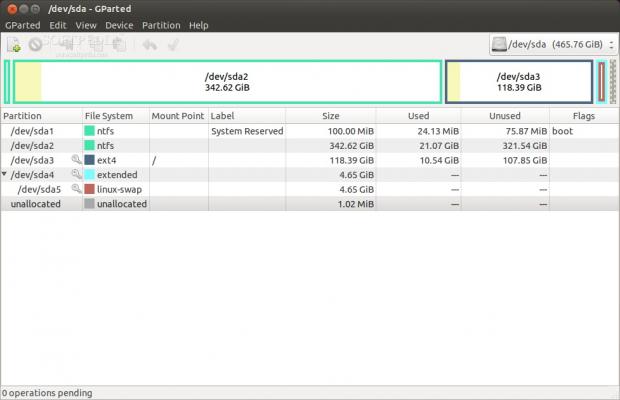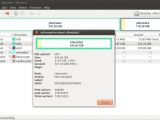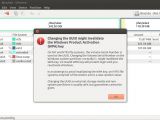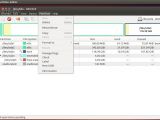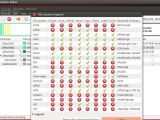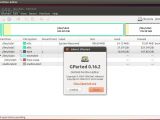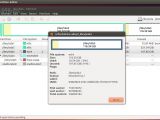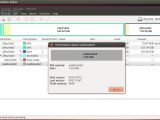GParted is probably one of the most important applications on the Linux platform and it's also one of the most useful and recognizable pieces of software.
It would be incorrect to talk about GParted as a standalone application. To be fair, this is the GTK+ frontend to GNU Parted, but the developers have done a lot more than just provide a simple interface for an otherwise cumbersome and difficult software.
GParted was launched back in 2004 and the developers have been working on it ever since. The process is slow and the latest version released (and reviewed by us) is 0.16.2. Keep in mind that almost 10 years of active development have passed.
Users will find that GParted is not the only tool in the shed. A live operating system is also available, by the name of GParted Live. This is capable of running on virtually anything that comes with an optical drive or USB port, including Mac systems.
It would be hard to imagine the Linux world without this tool, but we also have to say that it's not the only application able to do this work.
Installation
This is a tricky one. The GParted developers only provide the latest version of their application as source, which means that if you really want the best version, you will have to do some compiling. This is the bad news.
We installed GParted on Ubuntu 13.10 (Saucy Salamander) and everything worked without a hitch. The last version in the official repositories is 0.16.1 and this should be enough for most users. The differences between this one and the latest 0.16.2 are not quite major and only cover a particular set of changes.
Let's assume that you really want the latest version. Download the archive and extract its contents. This is not a big piece of software and the compilation won't take too long. Usually, users just have to enter the following commands:
./configure make sudo make install
The problem is that normal people, like you and me, don't usually have all the necessary dependencies installed. This means that you will have to go install them, one by one, when the ./configure command errors out.
The good news is that, Ubuntu users have a very handy command that works for all the applications in their repositories. Before giving the ./configure command, enter the following first:
sudo apt-get build-dep gparted
This will get all the necessary dependencies from the repositories and will free users from the task of installing one library after another.
Usage
As I said before, this is a partition editor. This means that you will be able to move, resize, repartition, and do virtually anything you can think of, within the comforts of a GUI.
Users can also delete partitions and fix USB drives that have been corrupted by other operating systems. You must be careful though. If you have a multiboot system, like I do, you will find it very easy to damage the Windows installation.
GParted is able to manipulate the following file system formats: btrfs, crypt / LUKS, ext2, ext3, ext4, fat16, fat32, hfs, hfs+, linux-swap, lvm2 pv, nilfs2, ntfs, reiserfs, reiser4, ufs, and xfs. GParted can also be used to clone entire partitions.
Moreover, the application has also received UEFI secure boot support and can run without any problems on PCs featuring this particular nuisance.
The Good
The interface is clean and simple to understand, even for someone who has just installed Linux for the first time.
The Bad
It would be nice if more comprehensive advice were provided, or if a beginner version could be activated at start. More and more users are flocking towards the Linux platform and some of them might want to use GParted.
Conclusion
Long gone are the days when users had to move partitions inside terminals. GParted acts and looks like a professional solution, and it's a tool that we can't really do without.
 14 DAY TRIAL //
14 DAY TRIAL // 
